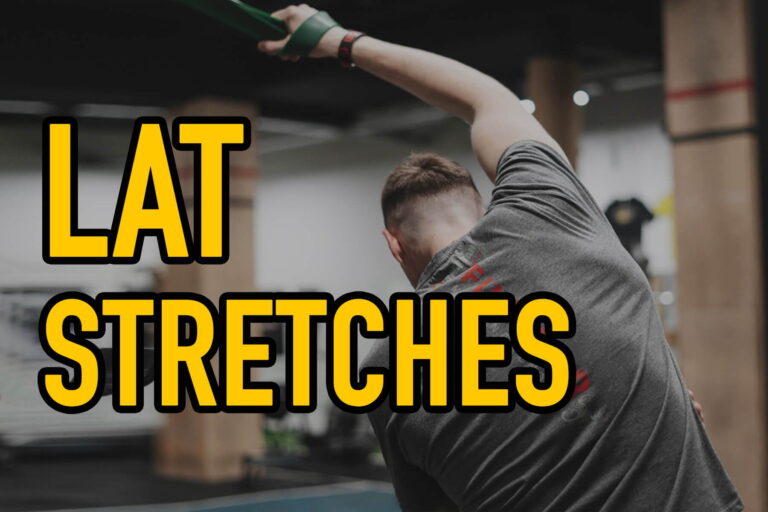How to Make Stationary Bike Seat More Comfortable: 5 Effective Tips
While an exercise bike has a lot of benefits, you can hurt yourself if you sit on an uncomfortable bike seat for too long. If you want to avoid unnecessary hind pains, knowing how to make an exercise bike seat more comfortable is essential.
How to Make an Exercise Bike Seat More Comfortable? The easiest way is to adjust the seat’s level at the level of your hips. If that doesn’t improve the comfort, opt for a gel seat cover and cushioned bike shorts for that added comfort.
Keep reading ahead to learn how to improve your bike seat’s comfort and know exactly why you may be dealing with unwanted pain in your thighs and surrounding areas.
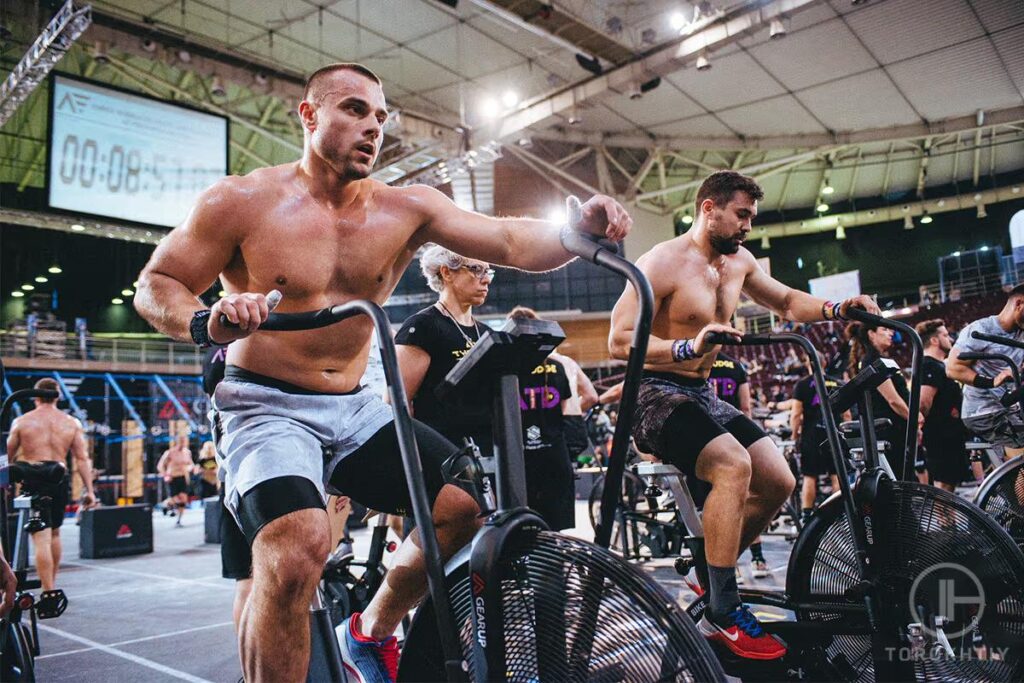
What Affects the Comfort of Sitting on an Exercise Bike?
Saddles come in a wide variety of shapes and sizes, and your preferred saddle depends on multiple factors, such as:
- The length of your workout.
- The intensity with which you pedal.
- The distance between your sitz bones.
- Your gender.
- Personal preference.
Regarding exercise bike seats, it’s never “one size fits all.” A saddle seat that may fit one person perfectly might be too narrow for another. In fact, there are different saddle seats for men and women.
The width and position of your sitz bones primarily affect your comfort on the saddle. Anatomically, women have wider sitz bones than men. This is why saddles for women are usually shorter and wider than men’s.
If you like having longer and high-intensity cycling sessions, you may find a firmer and longer saddle more comfortable. For shorter and calmer cycling sessions, a wider saddle is preferred.
Here’s Why Your Bike Seat Feels Uncomfortable
Whether you’re looking into a spin, recumbent, or classic stationary cycling, a comfortable bike seat helps for a smooth workout session. However, multiple factors result in discomfort while cycling, especially in the lower back region.
Let’s look at what these may be and how to fix them.
1. Improper Seat Adjustment
If your back, thighs, or gluteus muscles start aching shortly after you start using the bike, it’s likely that you’ll blame the structure of the saddle seat. Unfortunately, the most common reason for pain while using an exercise bike is, in fact, our fault.
A common error people make is that they lower the bike seat too much, which results in reducing the height of our body compared to the other structures. I had my bike seat lowered too much and after proper adjustment of the seat height, I could feel much less pain.
The excessively lowered body height puts unnecessary pressure on our intimate and gluteus muscles.
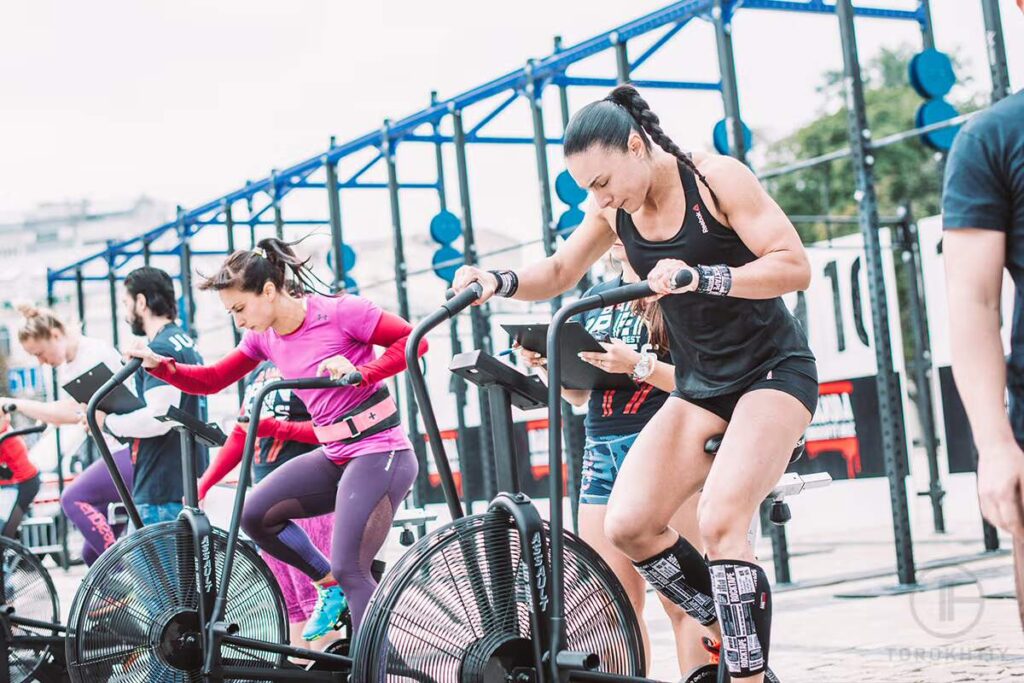
2. Putting Excessive Pressure on Your Back
Ironically, the second most common reason for your cycling discomfort is also under your control.
Often we get carried away while working out and tend to put excessive pressure on our gluteal and thigh muscles. This can quickly result in a numbing sensation in that region.
A narrow saddle seat can also result in excessive force on the inner thighs. On the other hand, a saddle seat that is too wide compared to your body may cause improper distribution of the body’s weight, which can also result in discomfort.
3. Proper Seat Adjustment on a Spin Cycle
Spin cycles, specifically, contain a narrower seat. So, we must learn how to make a spin bike seat more comfortable.
When it comes to spinning, your posture is key. To adjust yourself properly on your spin cycle, place your heel on the upside-down pedal and ensure your knee is straight.
Secondly, keep your handlebars as high as possible if you have a stiff lumbar spine (there’s no strict rule about this one).
Lastly, the distance between your seat and handlebars should be about the same as between your middle finger and your elbow.
4. You May Have a UTI (Urinary Tract Infection)
Cycling and UTIs? You must be wondering how these two may be connected. You’ll be surprised that UTIs are quite common among those who regularly work out.
When you exercise, you sweat a lot, resulting in a build-up of bacteria in all body parts, including your intimate regions.
If you don’t properly clean yourself after your workout, these bacteria can multiply and result in UTIs.
5. Improper Workout Gear
Chafing is the most common problem among those who cycle regularly and don’t wear appropriate workout clothing. The chances of chafing increase multiple folds when cycling since your inner thighs constantly brush against each other. I’ve been a victim of chafing myself and I understand how uncomfortable it gets.
To minimize chafing, the best method I found is to apply an anti-chafing cream. The BodyGlide cream worked great for me. Even a small amount of a good chafing cream can do wonders for the irritation. Add comfortable bike shorts to the equation, and your chances of chafing are reduced further.
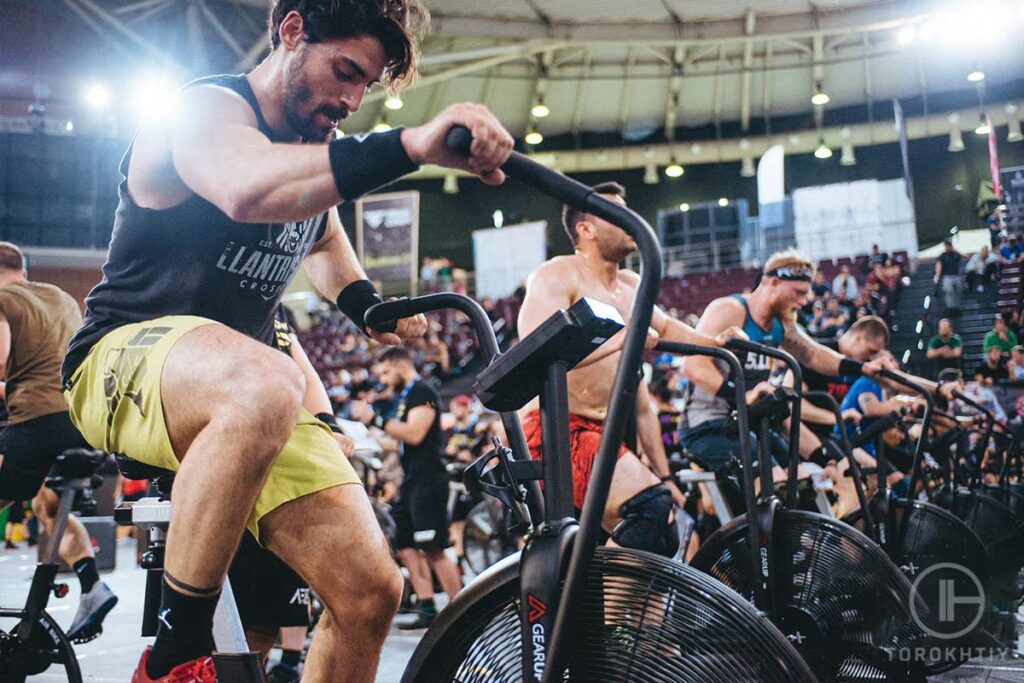
Five Ways to Make Bike Seats More Comfortable
The comfort of your bike seat can make or break your entire workout experience. Extended workouts on the stationary bike can lead to a numbing or tingling sensation in your gluteal region and inner thighs.
To optimize comfort while working out, I’ll explore how to make stationary bike seat more comfortable.
1. Adjust Your Bike’s Saddle, Handlebars, and Height
Your saddle height significantly contributes to your cycling comfort level. You may have to adjust the seat differently based on your height and weight. Nonetheless, here are a few steps to help guide you through it:
- Position yourself upright next to the stationary bike, and lift your inner thigh at a 90-degree angle.
- Adjust your saddle so that the top is at the same level as the top of your thigh. Once you get on the bike, your legs should have a 25-35 degree bend when the bike pedal is at its lowest position.
- Adjust your handlebars so that there is a slight bend in your elbows when you grab them.
Quick Tip: Ensure your entire foot, including the heel, maintains contact with the bike’s pedal. This helps relieve excessive pressure from your legs while cycling.
2. Invest in a Saddle Seat Cover
Even though manufacturers try to make the saddle as comfortable as possible, sitting on it for too long can cause a numbing feeling in your gluteal region.
Investing in a good quality gel seat cover if you face this issue is a good idea.
Gel seat covers are softer and provide a cooling sensation which helps you continue your cycling session longer without breaks. They’re more hygienic and easily removable, so carry one to your next spin class.
However, before investing in one of these, measure your bike seat to ensure the cover fits perfectly.
Here are my top three recommendations that I found helpful for a bike seat cover:
3. Buy a Good Pair of Cycling Shorts
I never understood the hype behind cycling shorts, but when I gave them a shot, it all made sense.
While regular workout shorts are great for a general workout such as weight lifting or squats, they aren’t sufficient for exercise bikes. While cycling, your legs constantly brush against one another, requiring better protection from chafing.
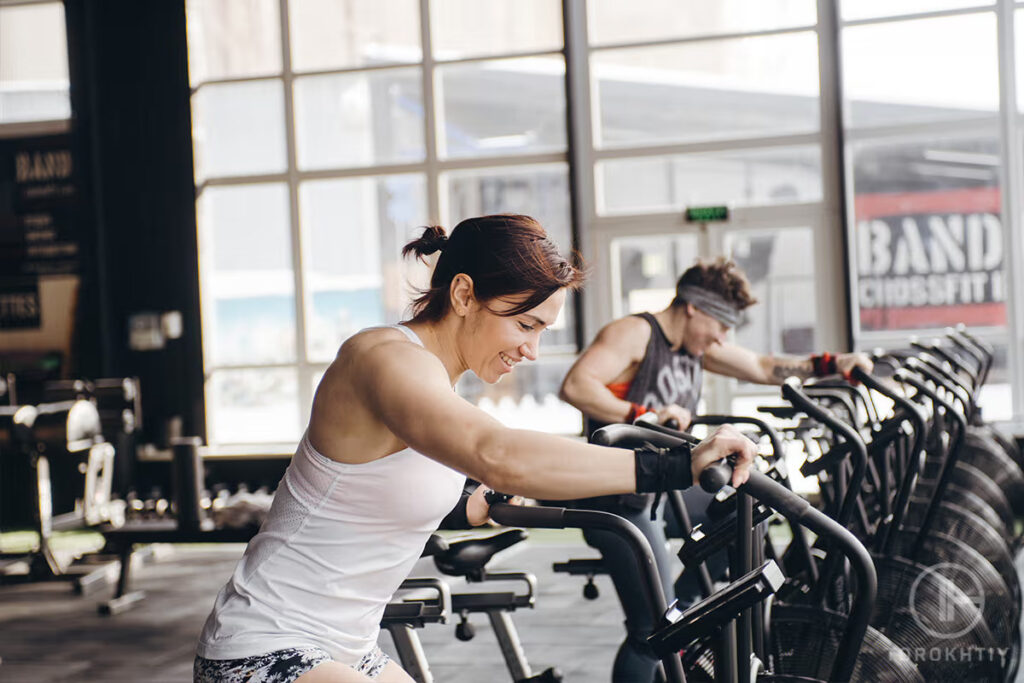
Not only does a good pair of cycling shorts prevent chafing, but they also provide better support and improved comfort while working out. Go a step further and invest in cushioned cycling shorts for the comfiest cycling experience.
4. Apply Chafing Cream
Chafing is arguably the biggest menace for cyclers. It’s extremely painful and uncomfortable and takes days to heal. Chafing creams are a godsend when it comes to cycling.
They help reduce friction and calm any redness within your inner thigh areas. Although there are multiple chafing creams in the market, the chamois chafing cream and BodyGlide chafing cream is highly recommended by professional cyclists and healthcare workers.
5. Change Your Saddle
If you’ve tried all the techniques mentioned above but still experience discomfort, it’s time you change your saddle seat.
Your saddle seat must be proportionate to your body. A seat that is too narrow or too wide will result in an uncomfortable cycling experience.
I recommend the Giddy Up bike seat or the Zacro bike seat cushion for stationary bikes.
What About Recumbent Bike Seats?
You generally won’t face any comfort issues if you prefer recumbent bikes over spin or stationary bikes.
Recumbent bike seats are wider and provide better back support. However, improper sitting angles can lead to discomfort even on recumbent bikes.
So you’ll get many benefits from using a belt for such reasons:
To learn how to make recumbent bike seat more comfortable, you must first know which recumbent seat suits you the most.
FAQ
How to Sit on a Spin Bike?
The proper way to sit on a spin bike is to ensure your seat height is parallel to your hips. Only your toes should be touching the ground when you’re sitting, and your knees should slightly bend around 25-35 degrees. This way, the pressure on your legs and hips is evenly distributed.
Can You Change Your Seat on an Exercise Bike?
You can change the seat on an exercise bike because most exercise bikes are designed to have a standard bike seat. All you need to do is find a standard exercise bike seat that you find comfortable, and you can use that on most exercise bikes.
Conclusion
Exercise bikes are a great way to stay active and lose weight. Not only are they a great means of cardio, but you can also use them in the comfort of your own home.
Simply readjusting your bike seats or investing in a good pair of cycling shorts or saddle seat covers can make a huge difference. If nothing works, you can always count on your trustworthy anti-chafing creams or buy a new saddle.
Comment below if the above-mentioned tips worked for you. And if you’ve got any tried and tested tricks for improving comfort on a stationary bike, do share them with us.
Also read:
Why Trust Us?
With over 20 years in Olympic Weightlifting, our team does its best to provide the audience with ultimate support and meet the needs and requirements of advanced athletes and professional lifters, as well as people who strive to open new opportunities and develop their physical capabilities with us.
By trusting the recommendations of our certified experts in coaching, nutrition, dietology, and sports training programming, as well as scientific consultants, and physiotherapists, we provide you with thorough, well-considered, and scientifically proven content. All the information given in the articles concerning workout programming, separate exercises, and athletic performance, in general, is based on verified data. We ensure that you can rely on our professionals’ pieces of advice and recommendations that can be treated as personalized ones which will benefit you and fully meet your needs.
The product testing process is described in more detail here
Author: Ihor Shymechko
Pro Olympic Weightlifter, Coach
Best Results: Snatch – 208 kg,
C&J – 240 kg
Ihor has been a professional weightlifter since 1996, boasting over two decades of competition experience. His notable achievements include clinching the European Championship in 2009 and securing a silver medal in the 105kg division at the Senior World Championships in 2011. Ihor represented his country in the 2008, 2012, and 2016 Summer Olympics. After retiring from competitive weightlifting, he transitioned to coaching, leveraging his vast experience to guide athletes who now compete on both national and international stages.



